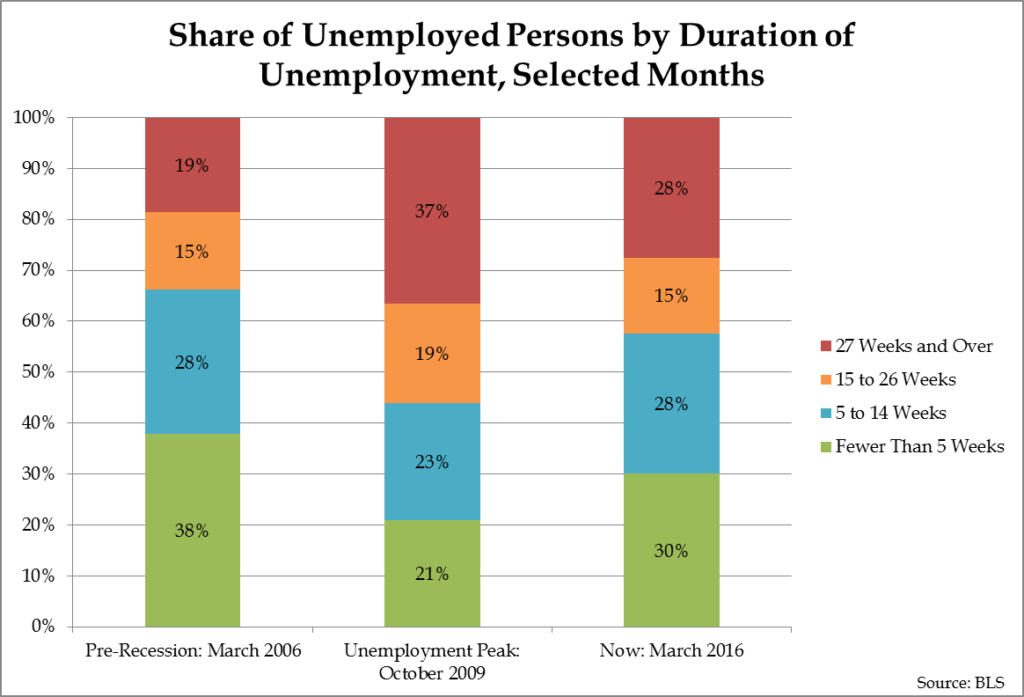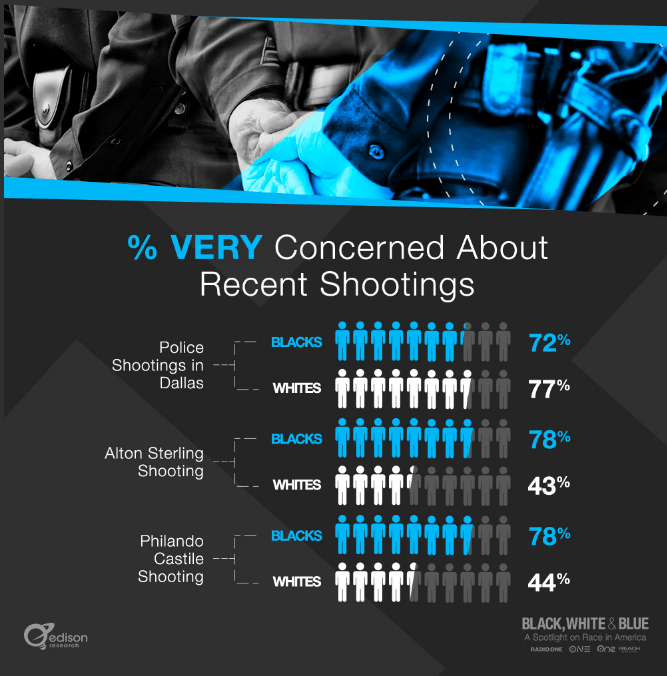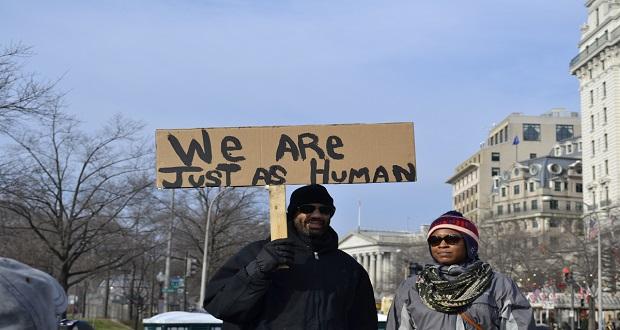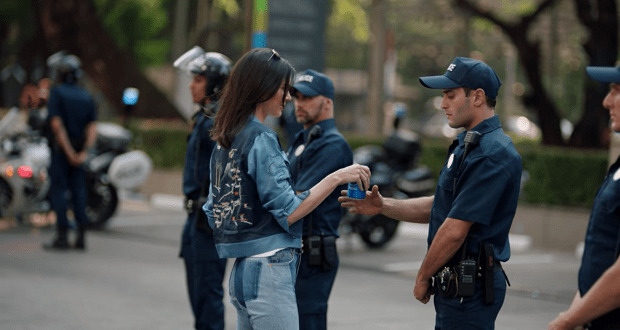
This is the second in a series of posts about the impact of the election on diversity and inclusion efforts.
Pundits mostly agree that the 2016 presidential election was the most divisive in history. Psychologists point to the intensity of the polarization around key issues. There does not seem to be a vision for the U.S. or the world that binds our common humanity.
The reasons for increasing polarization are complex. We must consider that is it human nature to be tribal, especially when we feel threatened. During these threatening times, we are more apt to cling to “our own”, intensifying an “us and them” dynamic. When we are threatened, it is difficult to persuade with reasoning or facts. Our responses are purely based on emotion. In contrast, the more that we feel that we are the same, the less we feel threatened and the need for separation.
Many feel that their way of life is being threatened by terrorism, and demographic and technological changes. When people are fearful they tend to blame “the other tribe(s)” for their plight, rather than understanding how other factors are really at play.
Some of factors for polarization and perhaps misplaced blame:
- Impact of the recent recession: Even though the economy has improved substantially since 2008, there are still a larger number of people who are unemployed or underemployed than before the recession. Those unemployed for 27 weeks or more have yet to match pre-recession rates. According to experts, many of these individuals represent a group now being called the White Working Class (WWC).

- Technological changes: People feel threatened as they see their jobs disappearing and although the prevailing sentiment is that they are being moved overseas or being taken by protected minority groups, the facts reveal that the culprit is automation. A study published in 2013 found that for 702 occupations, 47 percent of workers in America had jobs at high risk of potential automation. The answer is to retool and re-skill people for the new jobs that are on the horizon, rather than to dig our heels in hoping for new opportunities in old techniques.
- Rise in social media: Social media can exacerbate polarization. With the rapidity and volume of information exchanged over social media outlets, there is a growing tendency to communicate with those who share your opinion and shun those who do not. It is easy with social media to be selective in what you read and believe.
- Racial, ethnic, religious, class divisions: These divisions are not new but have been magnified by the rise in terrorism, for which some blame all Muslims, eroding race relations as a result of the increase in the number of black men killed at the hands of law enforcement, and larger socioeconomic divisions between the haves and the have nots. For example, a recent poll showed that 56 percent of Americans feel that Muslim values are at odds with U.S. values. However, 68 percent said that they had never or seldom talked to a Muslim. In a survey about the police killings of Philando Castile and Alton Sterling, two black men, only 44 percent of whites were very concerned about this compared to 77 percent of blacks. However, when asked about the killings of the police officers in Dallas, over 75 percent of both blacks and whites were very concerned. These results show a deep polarization.
The vote for Britain to exit the European Union has been largely attributed to class issues. A headline in the Guardian in June read, BREXIT is the only way the working class can change anything.

As humans, we want to simplify everything to one cause and effect. Unfortunately, the shift that we are experiencing globally is complex. We need to do more to help in our understanding of these complexities and acknowledge that change is hard and playing the blame game doesn’t help much.


















